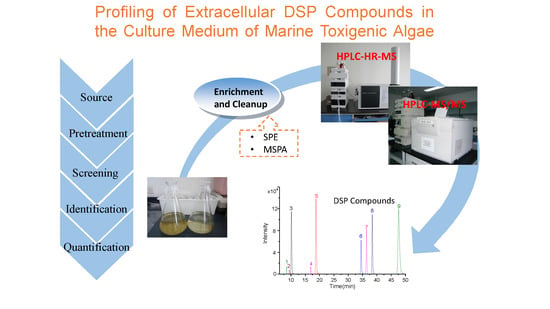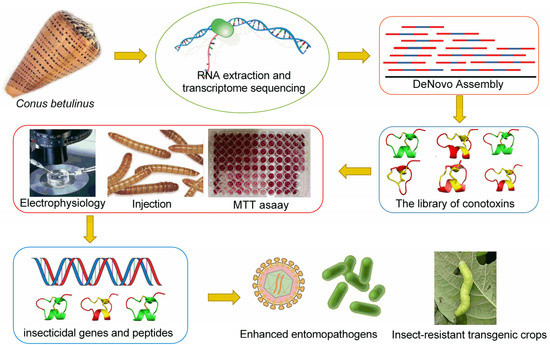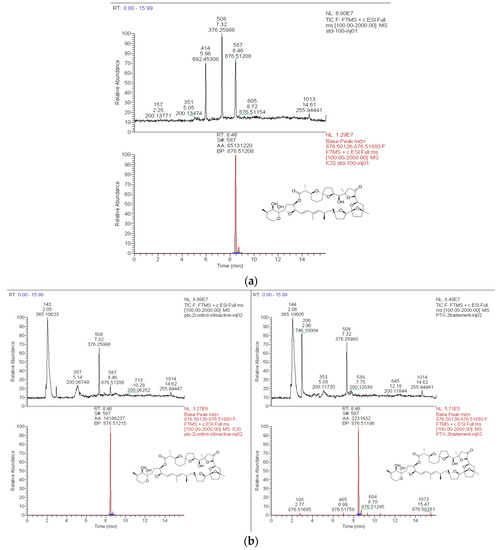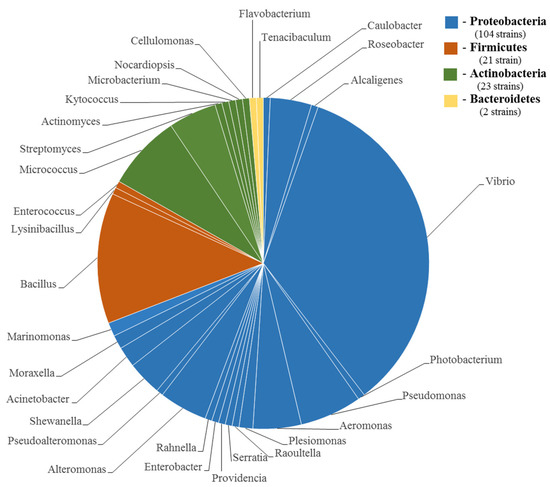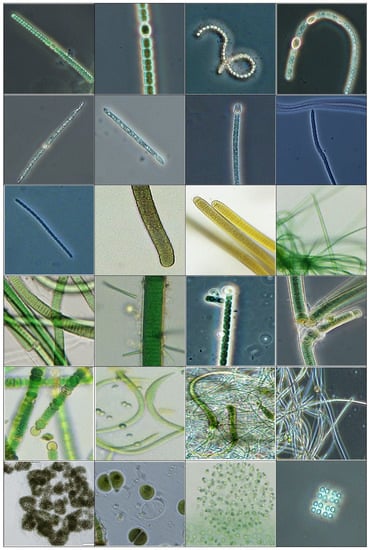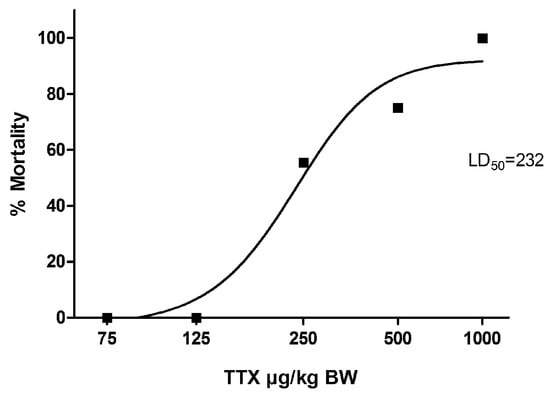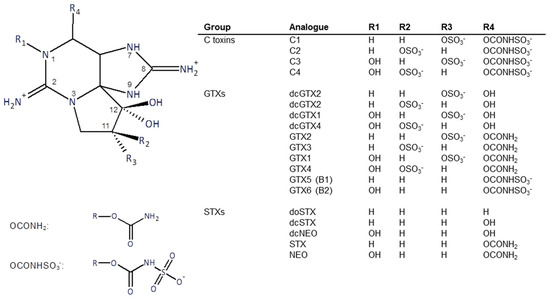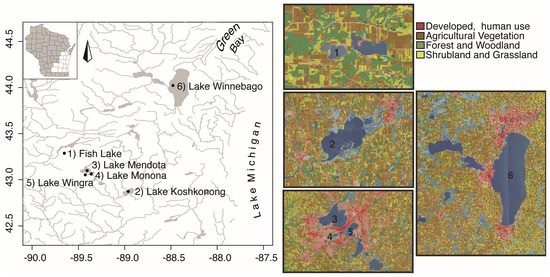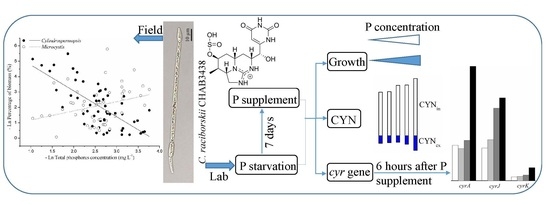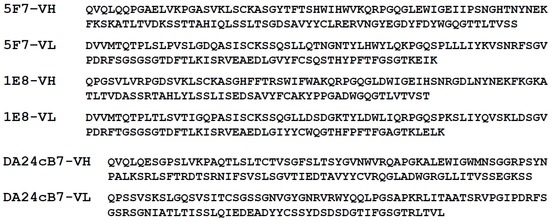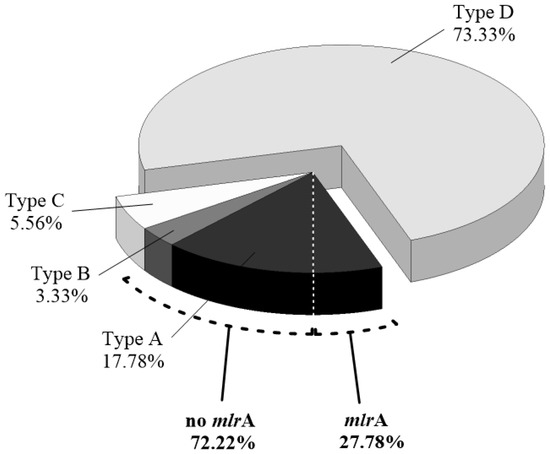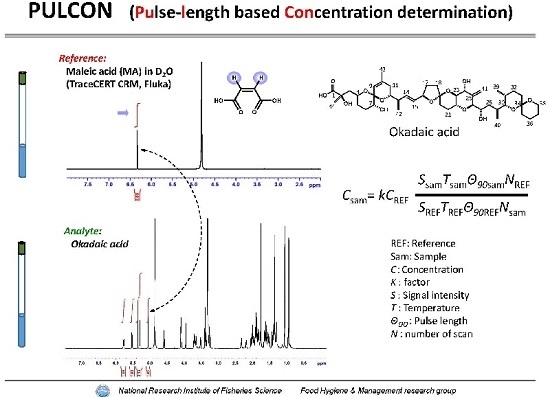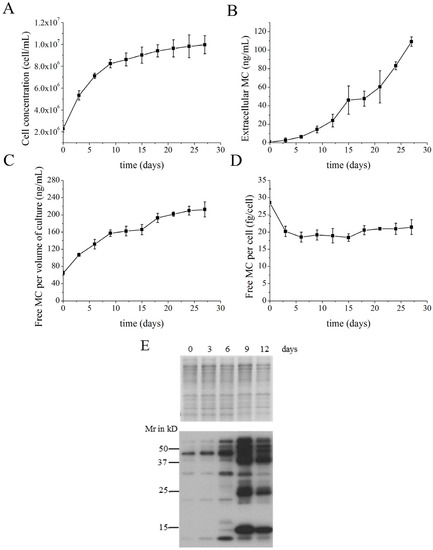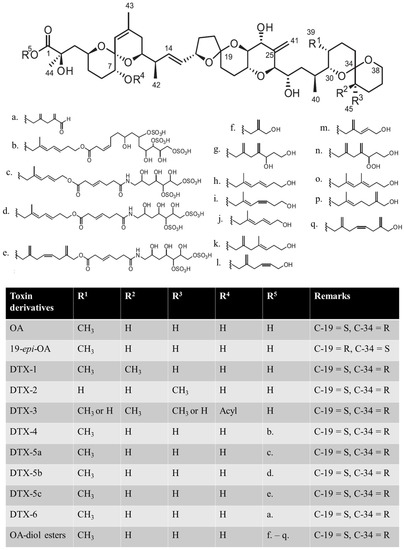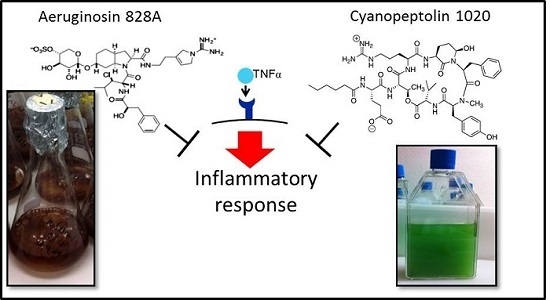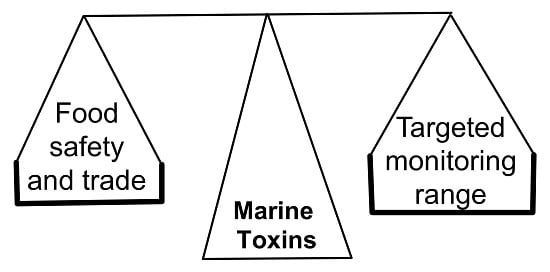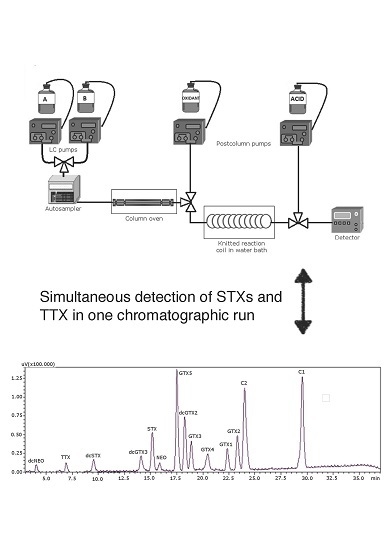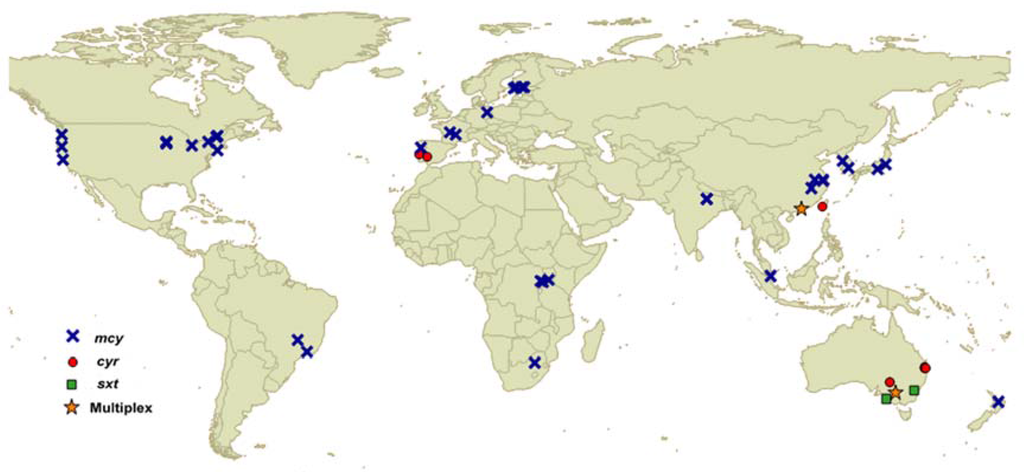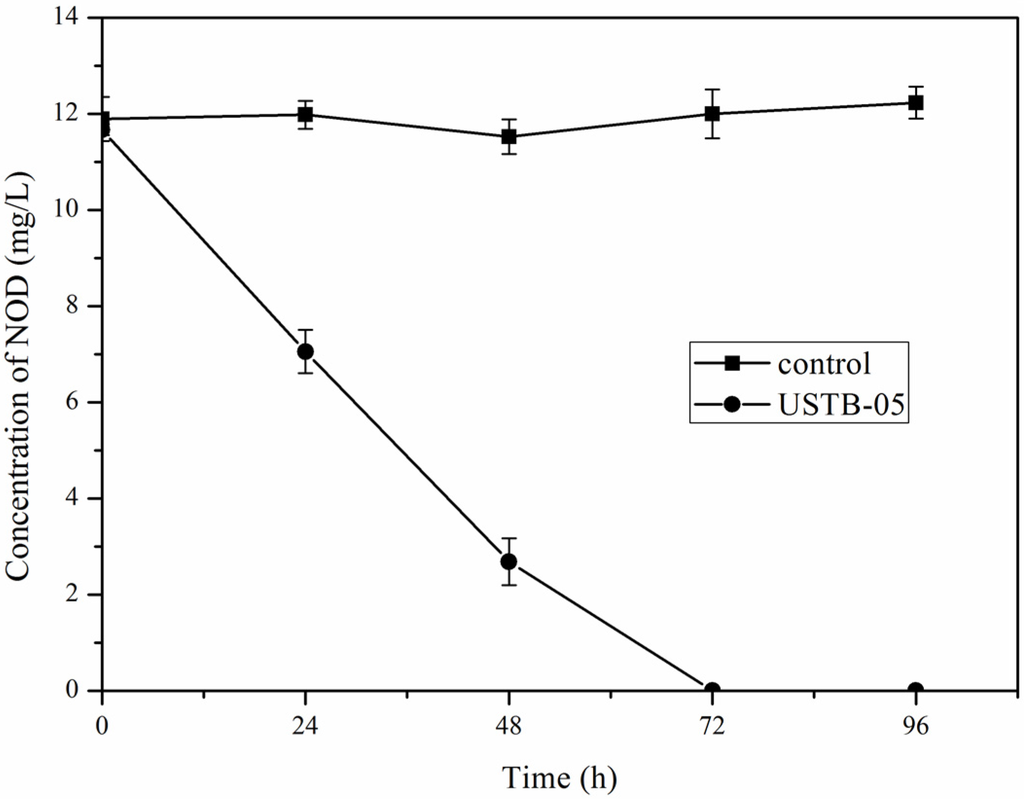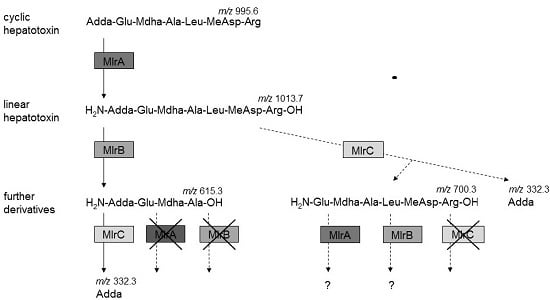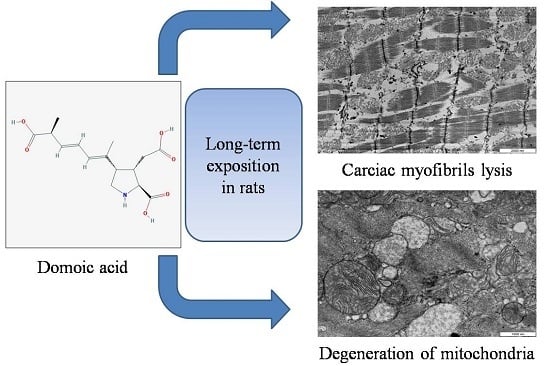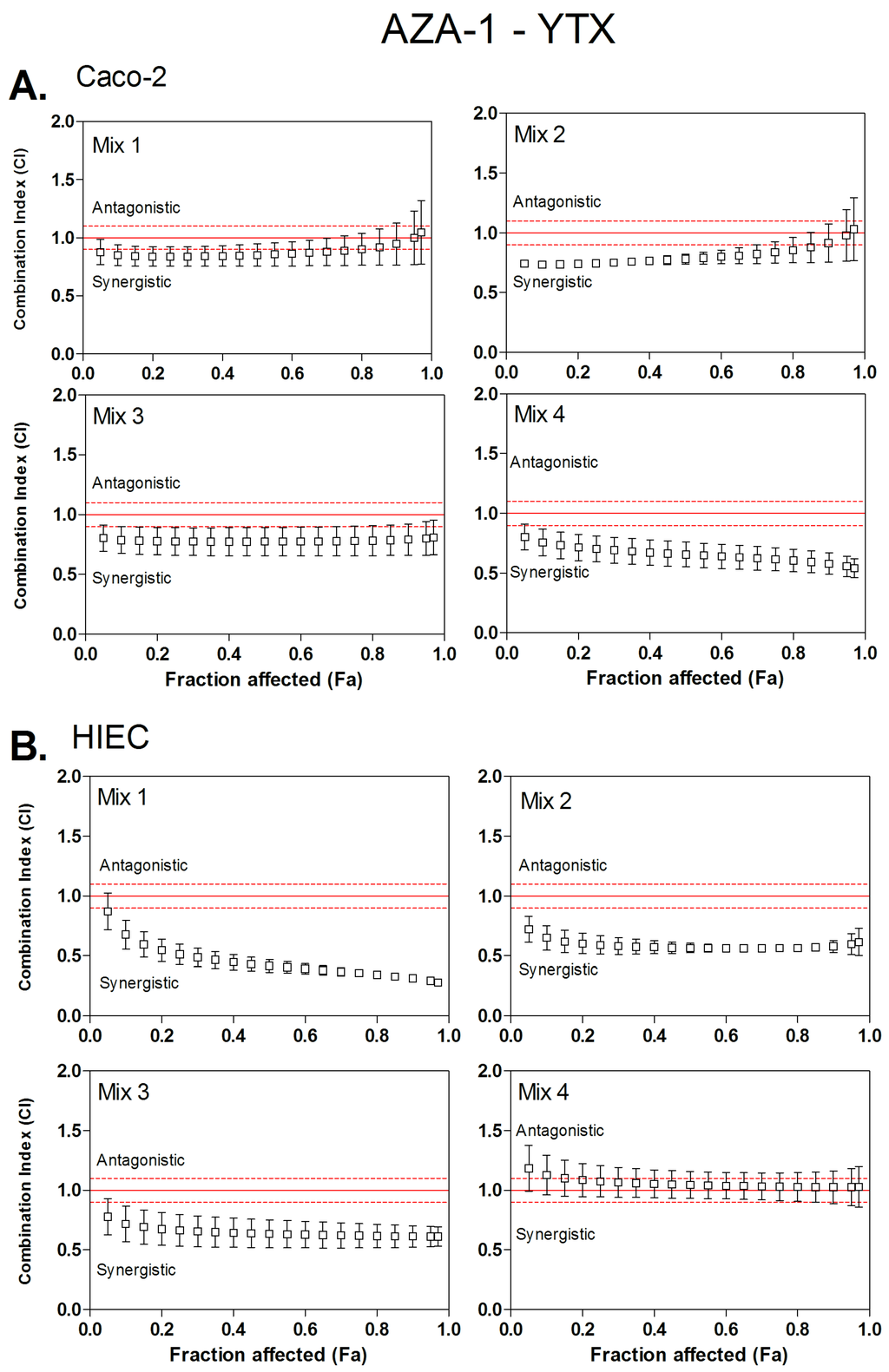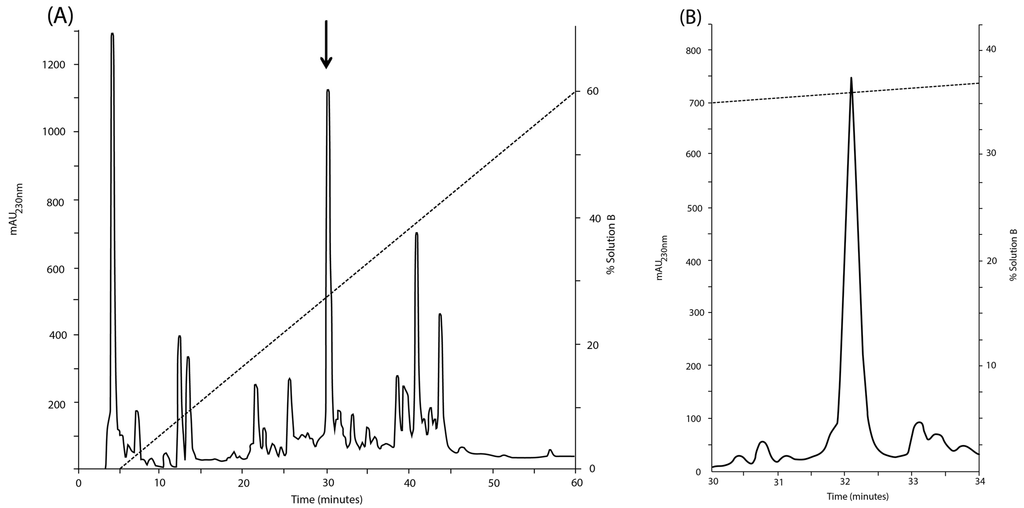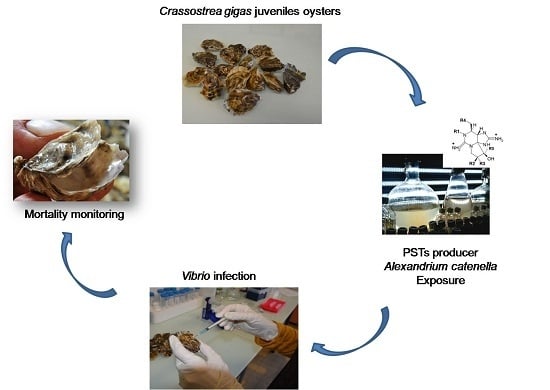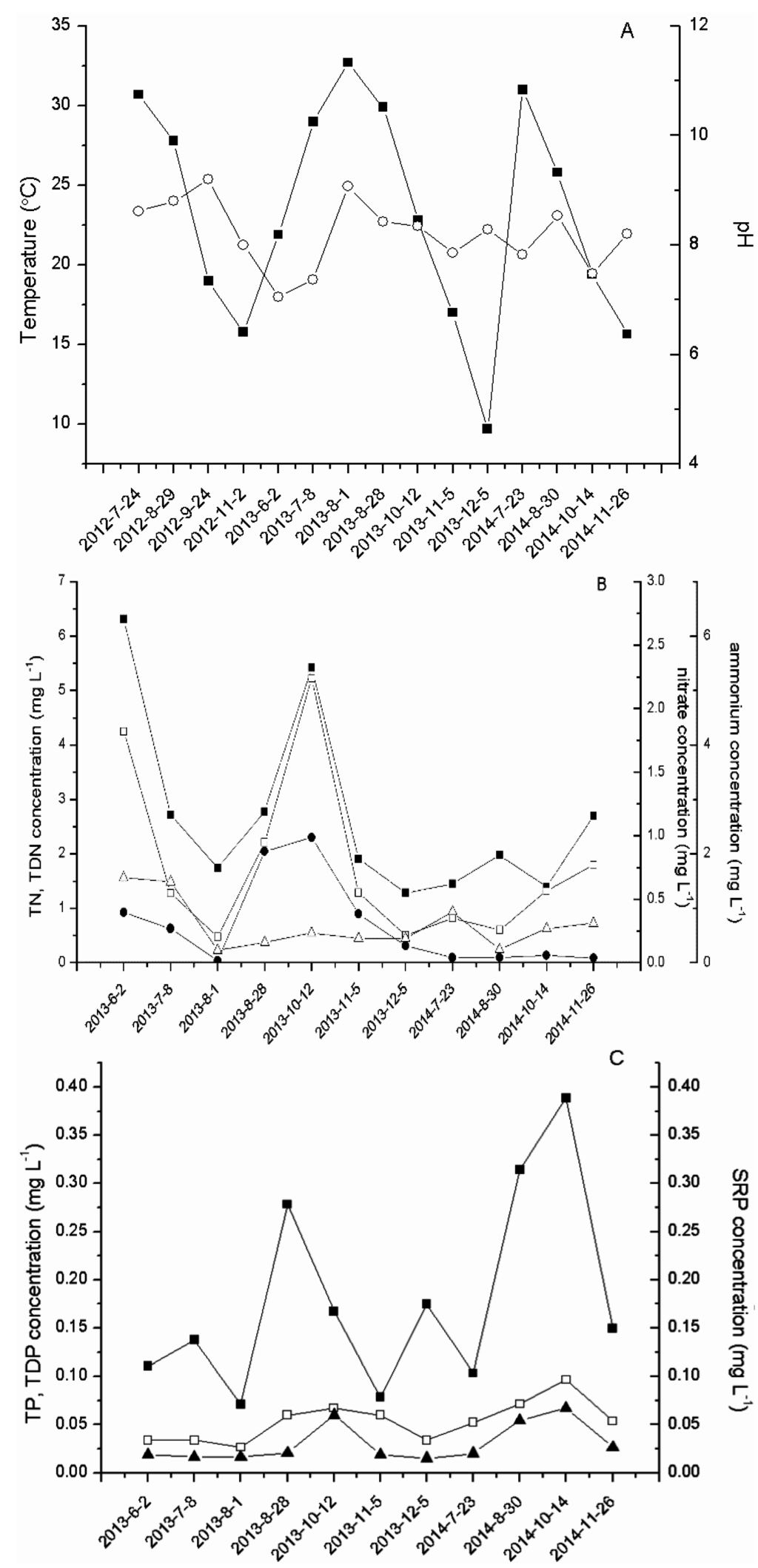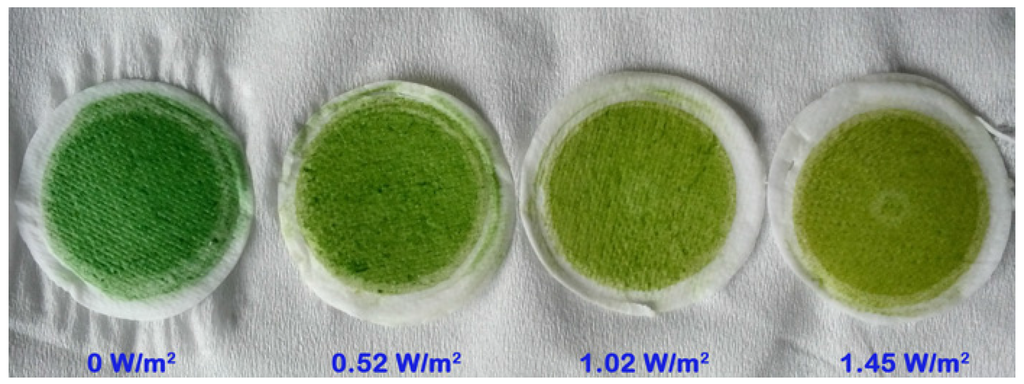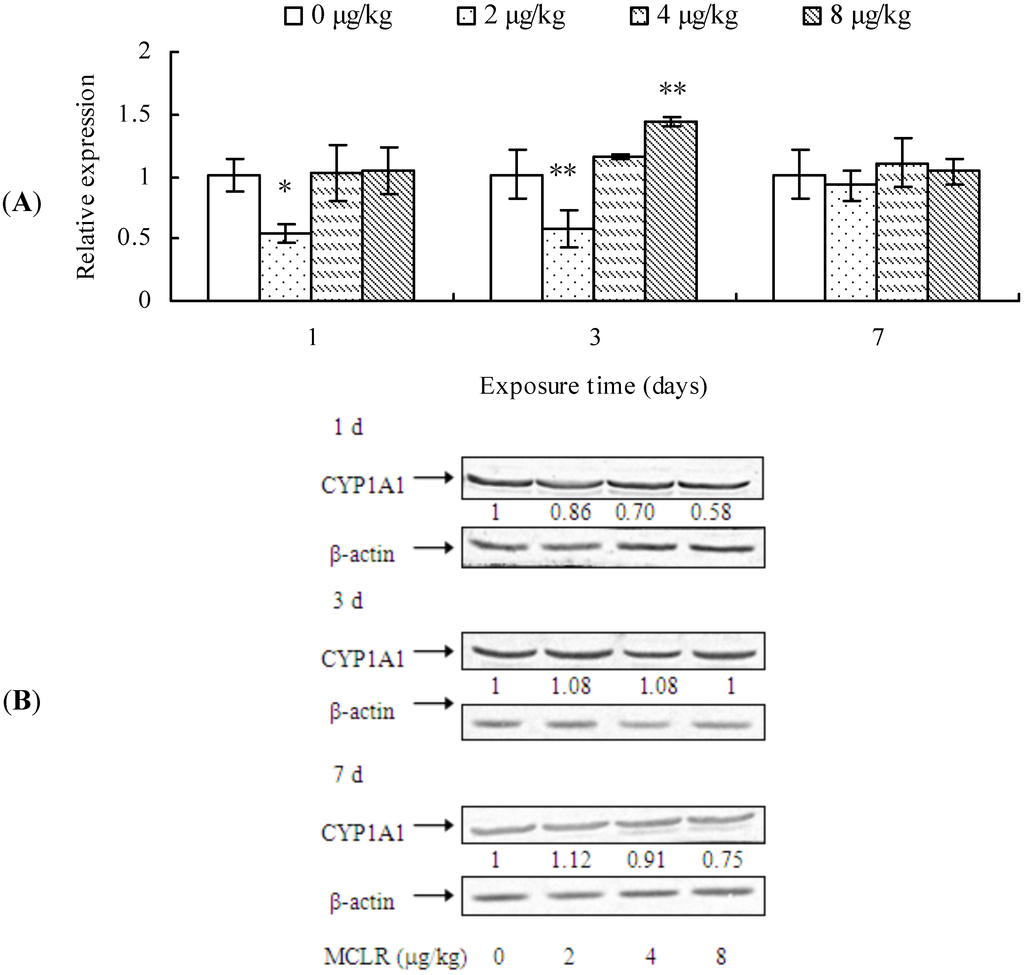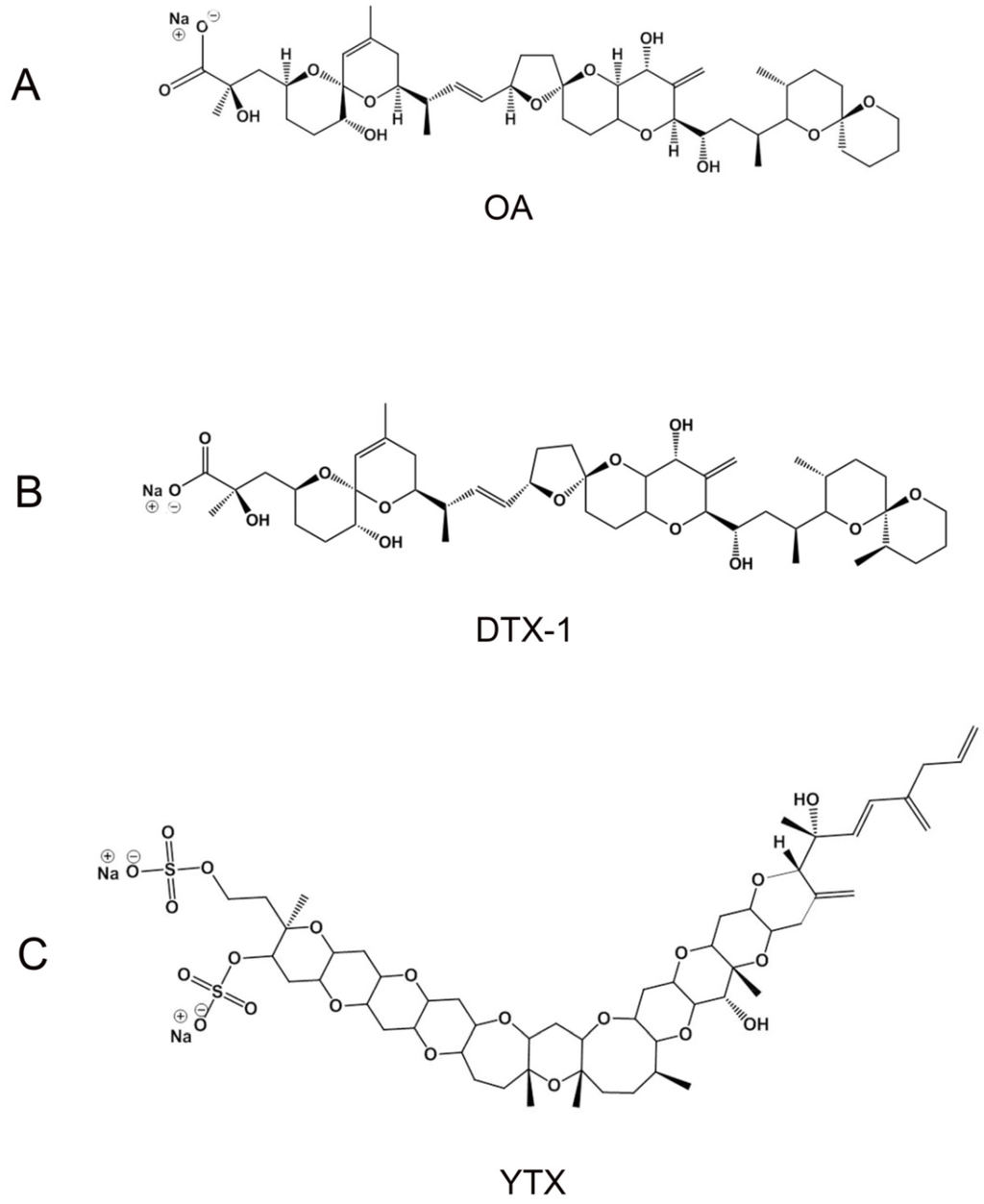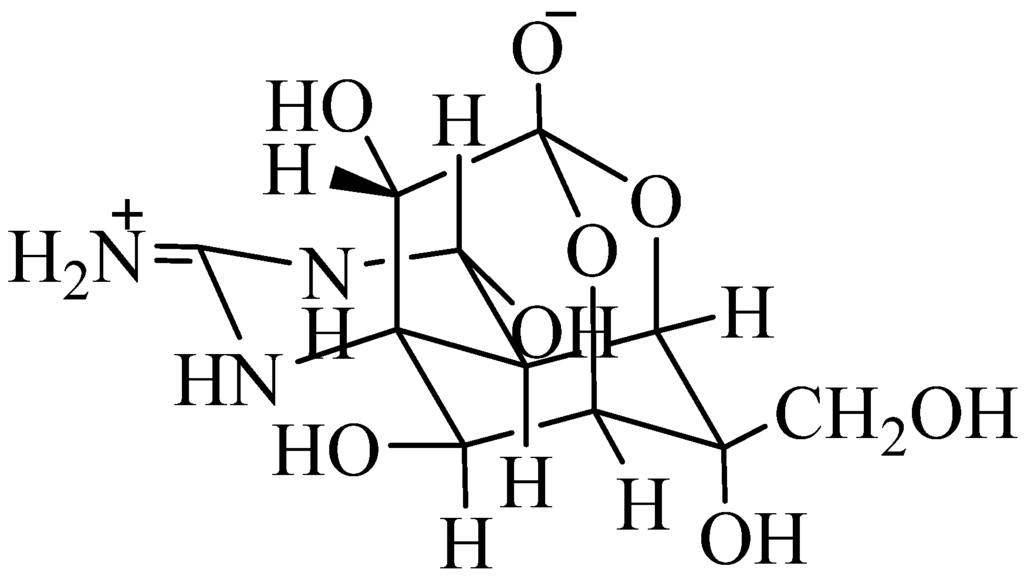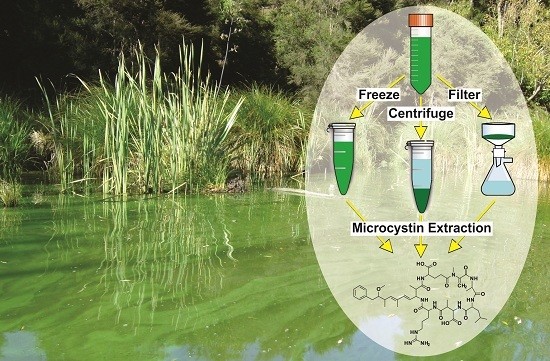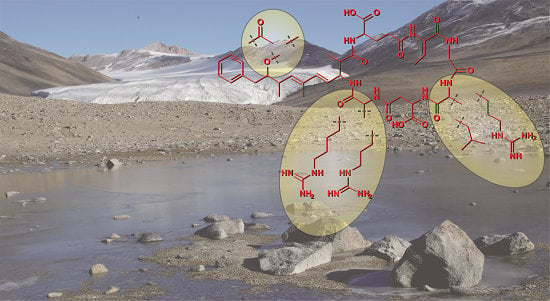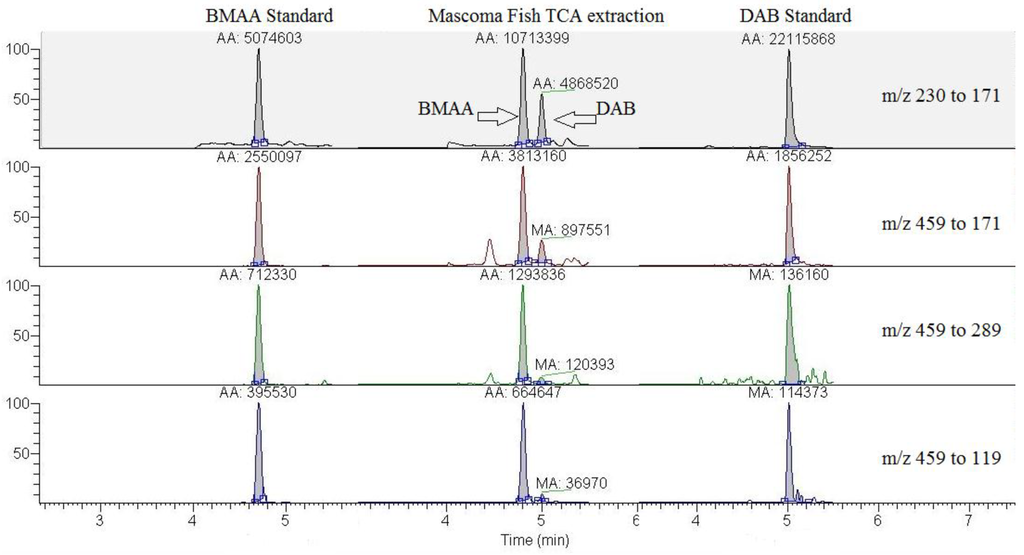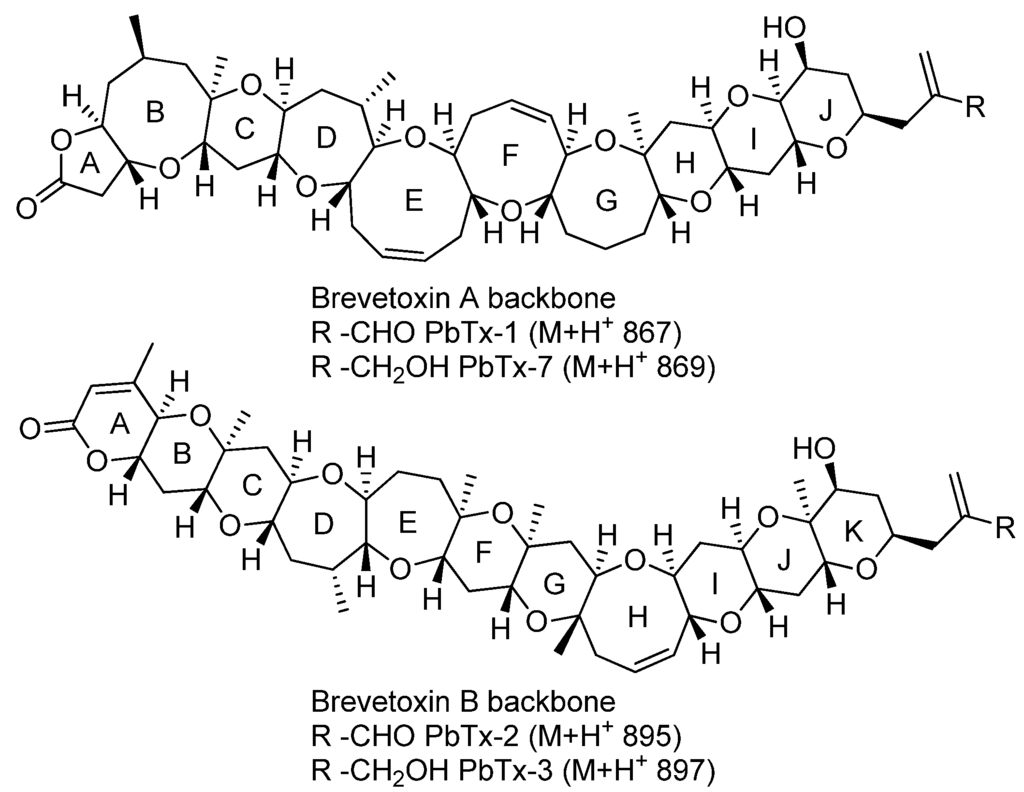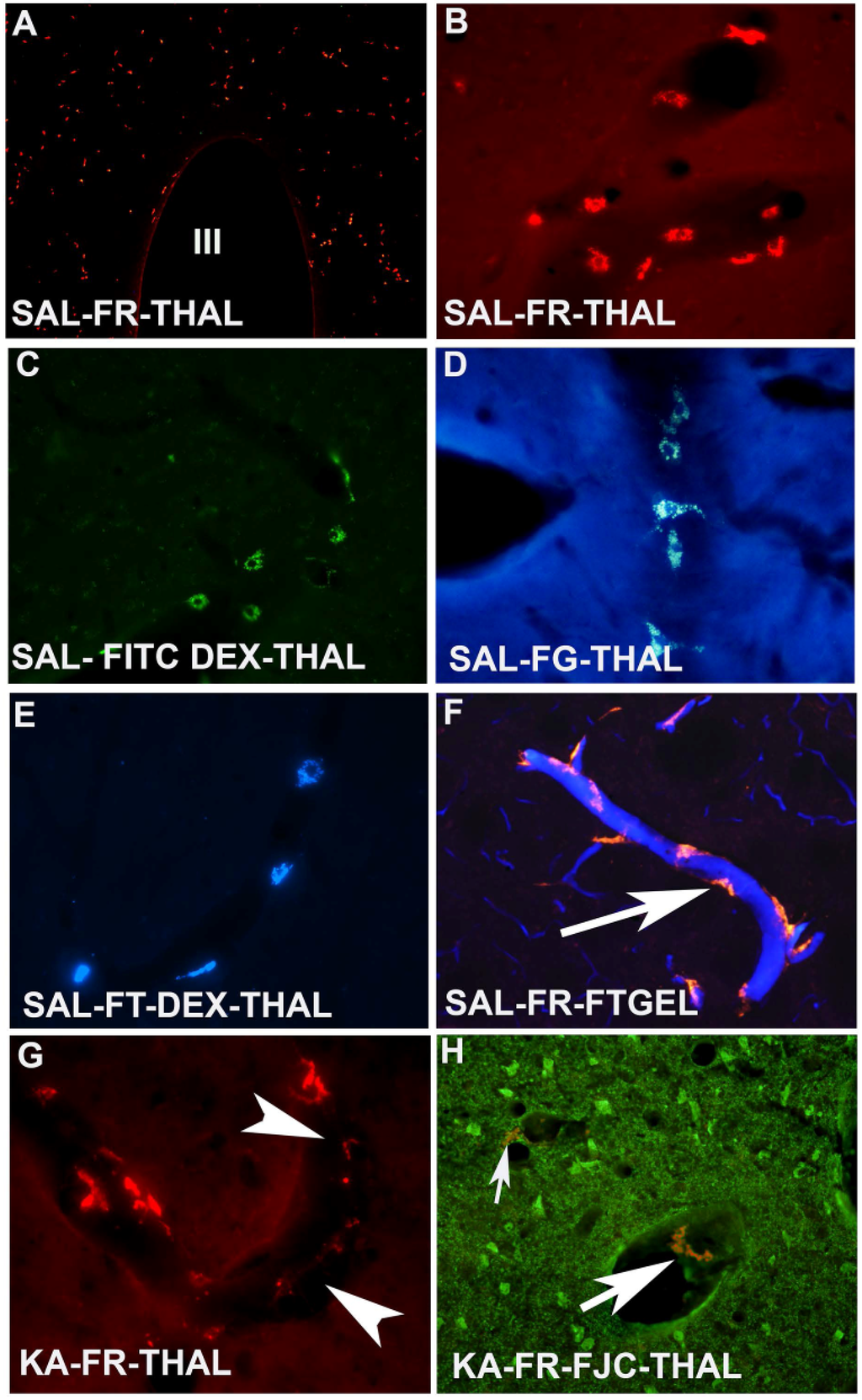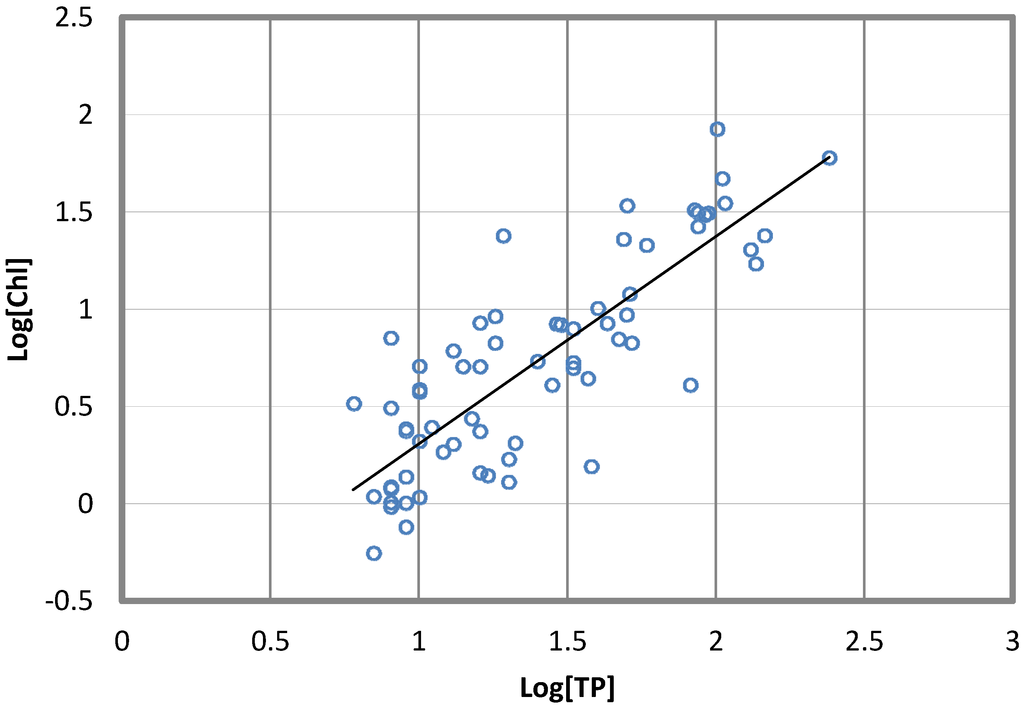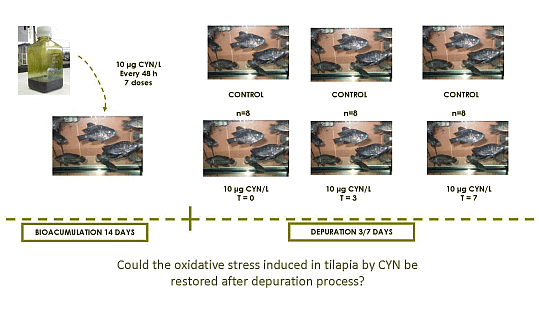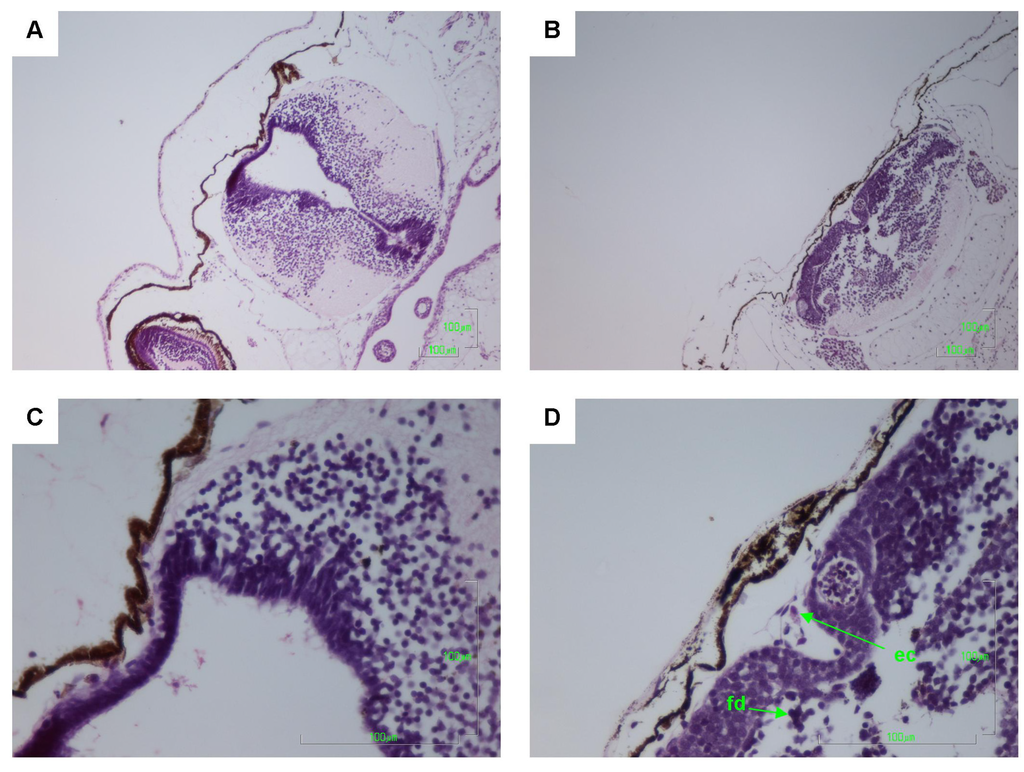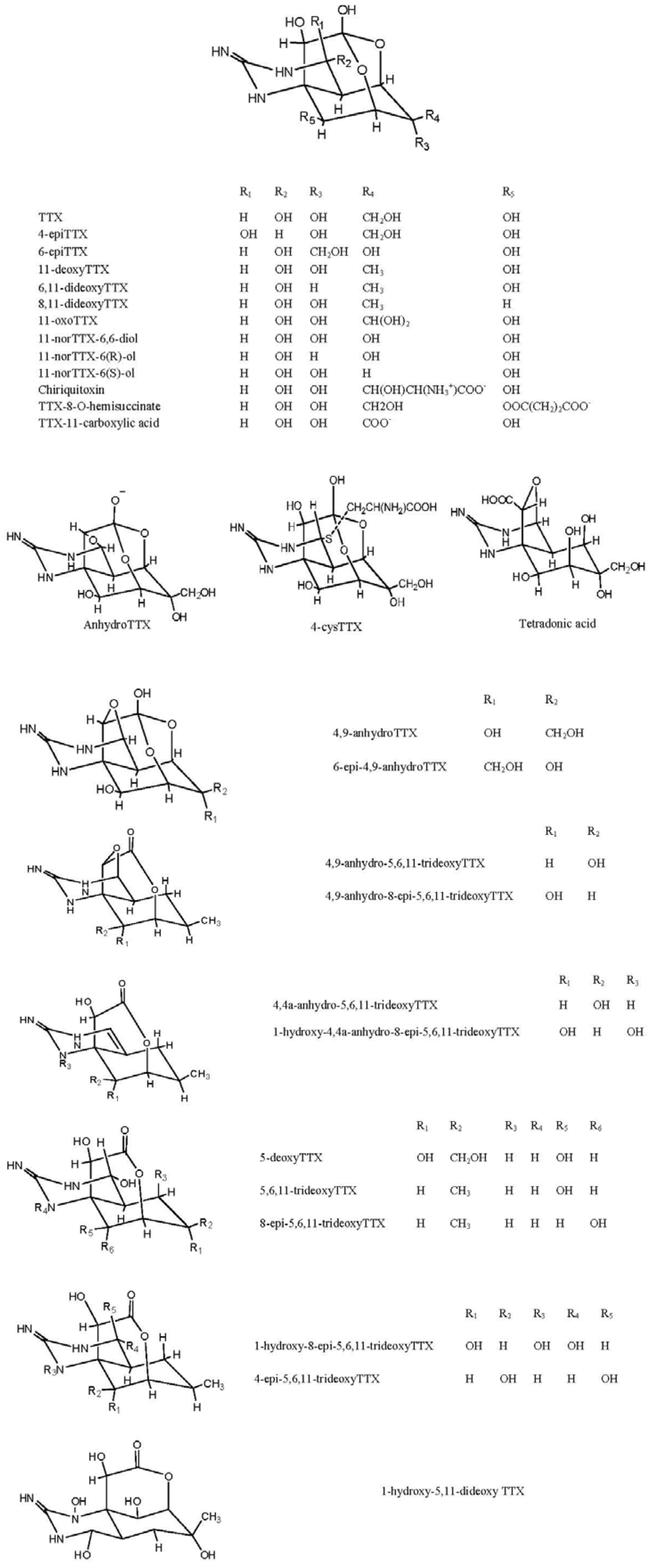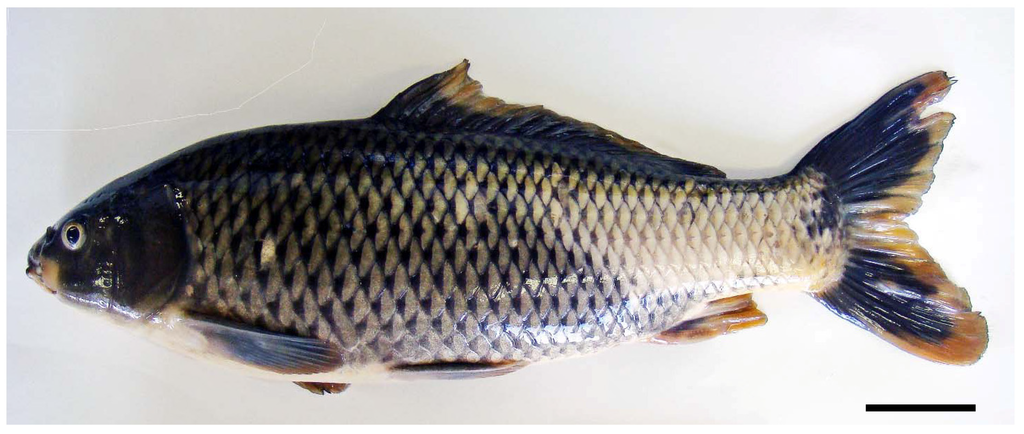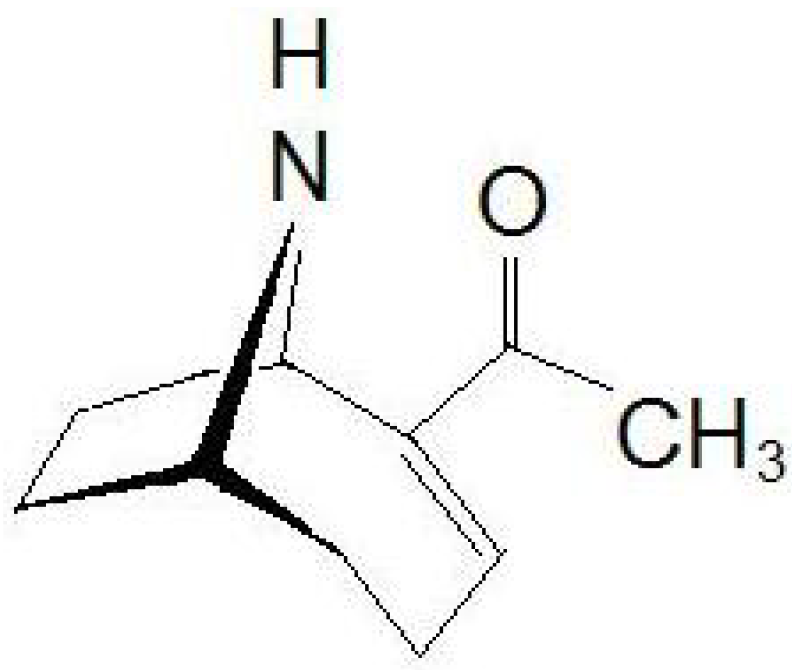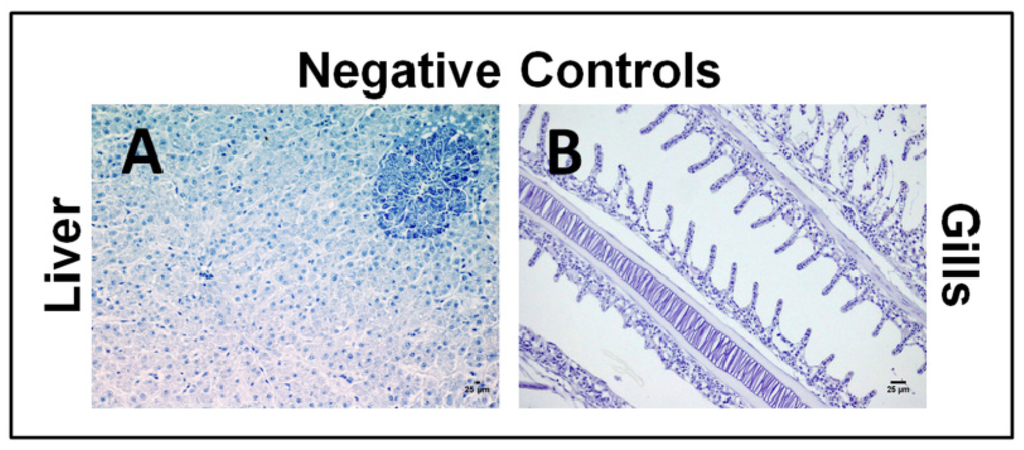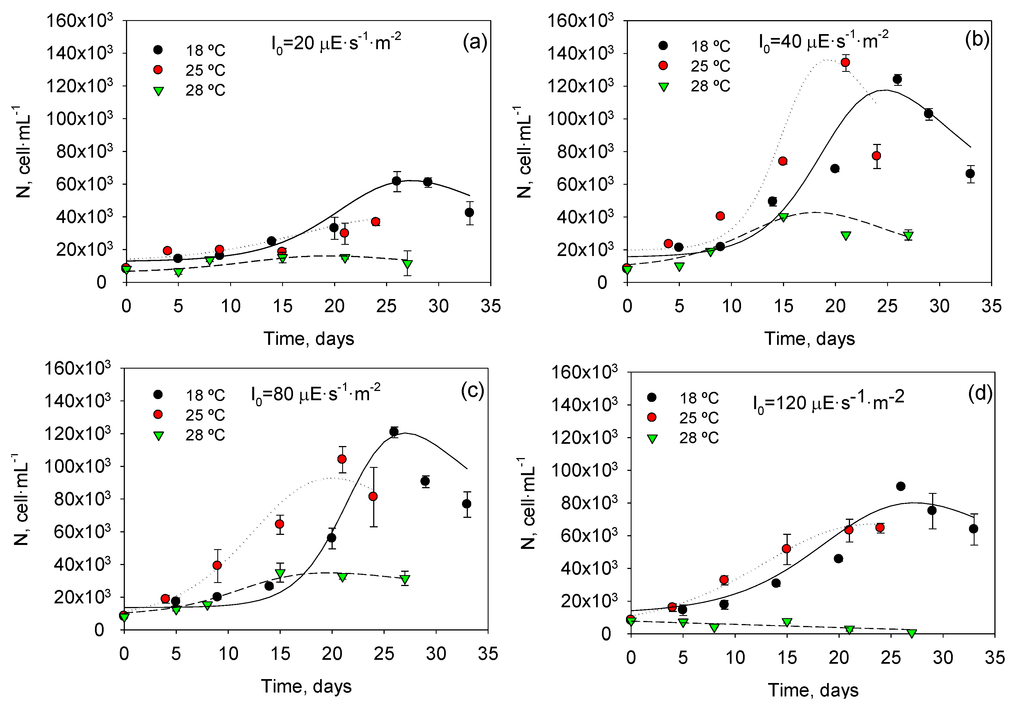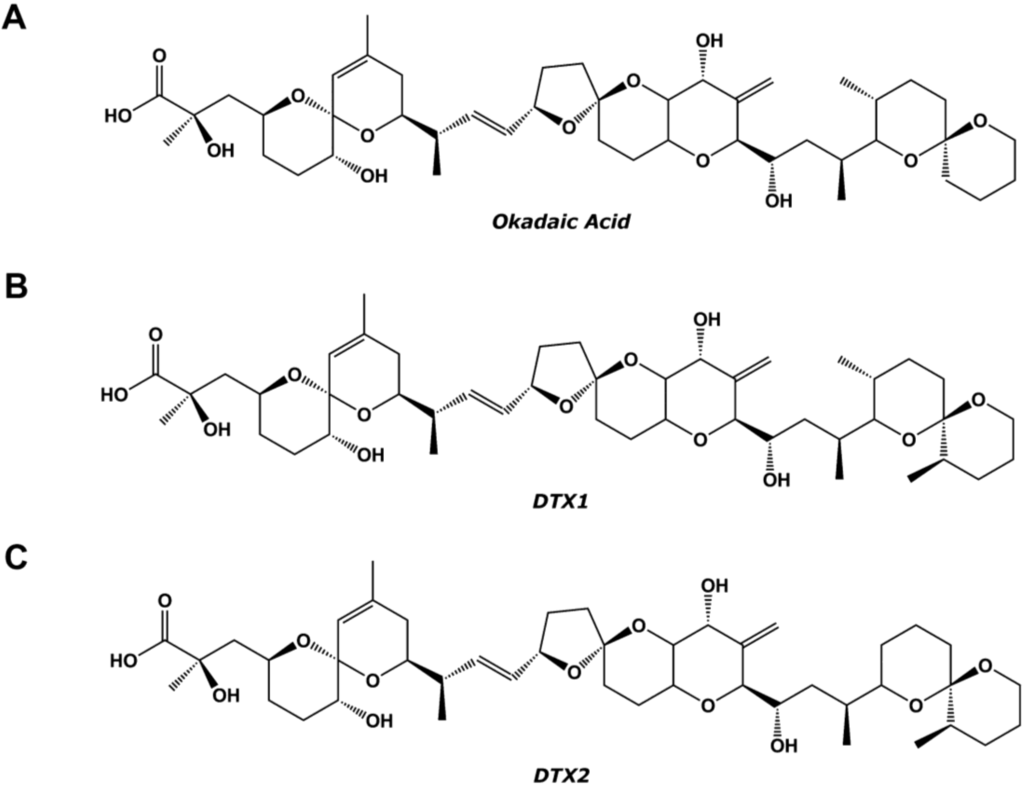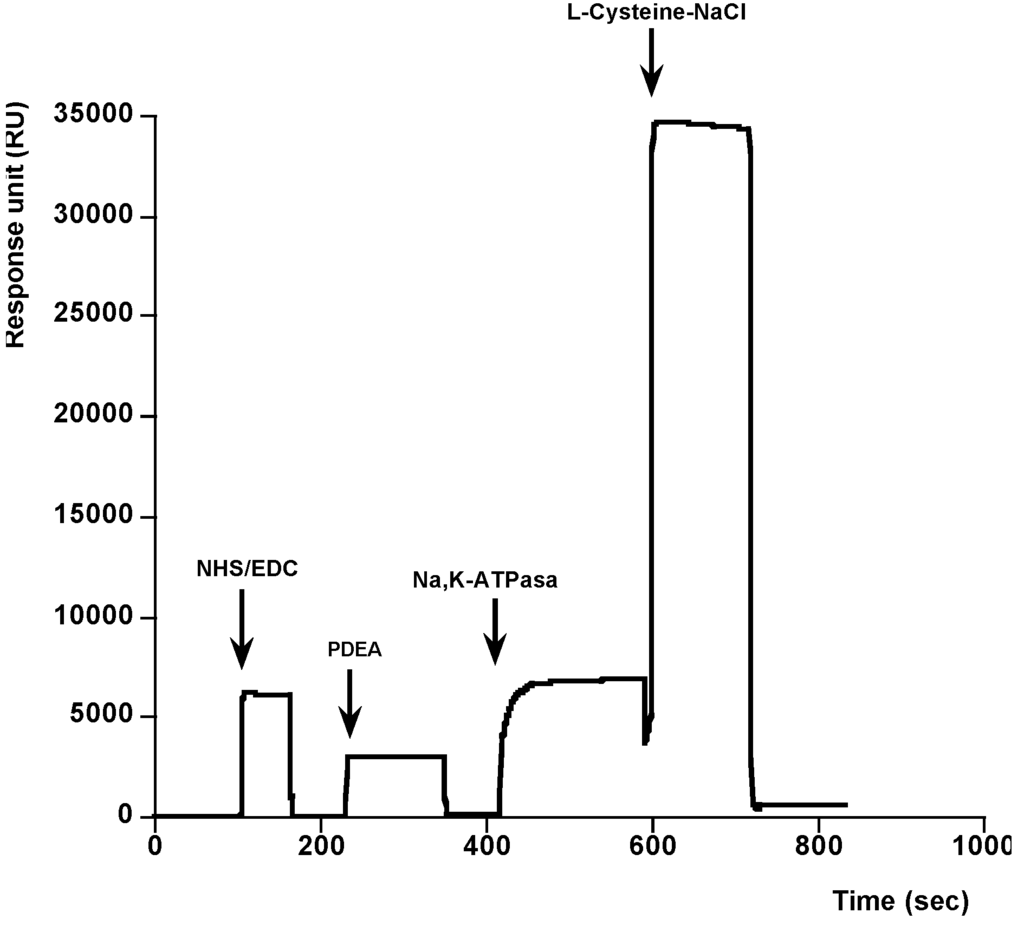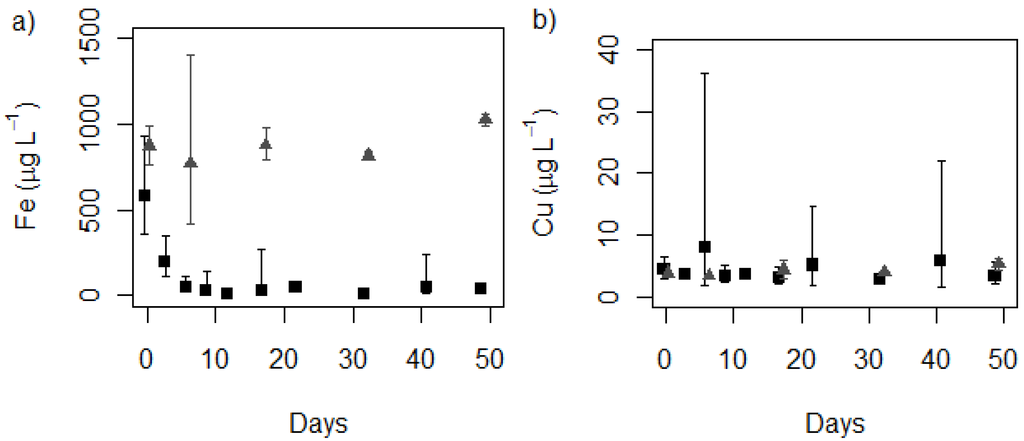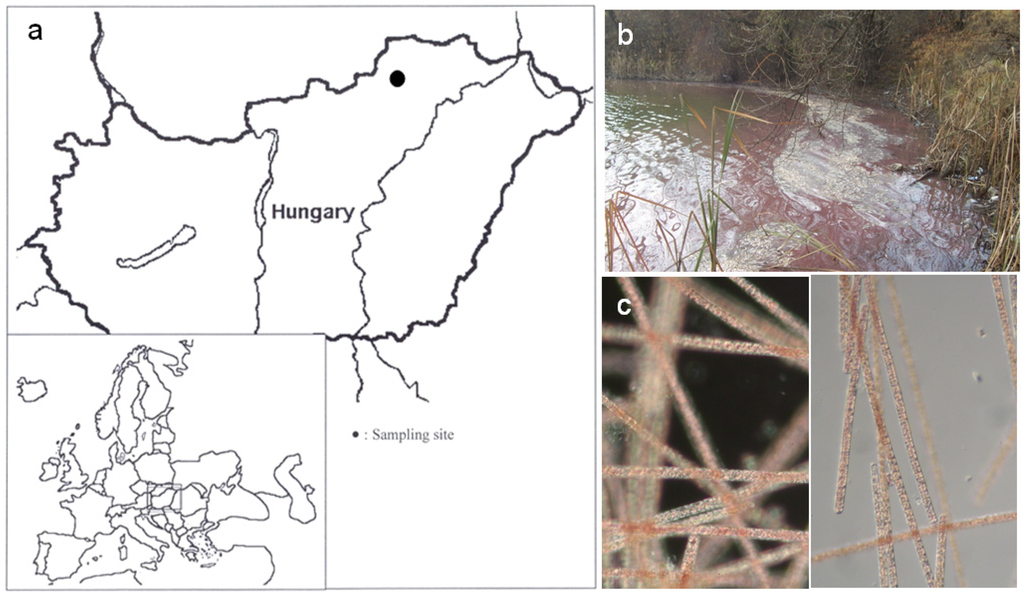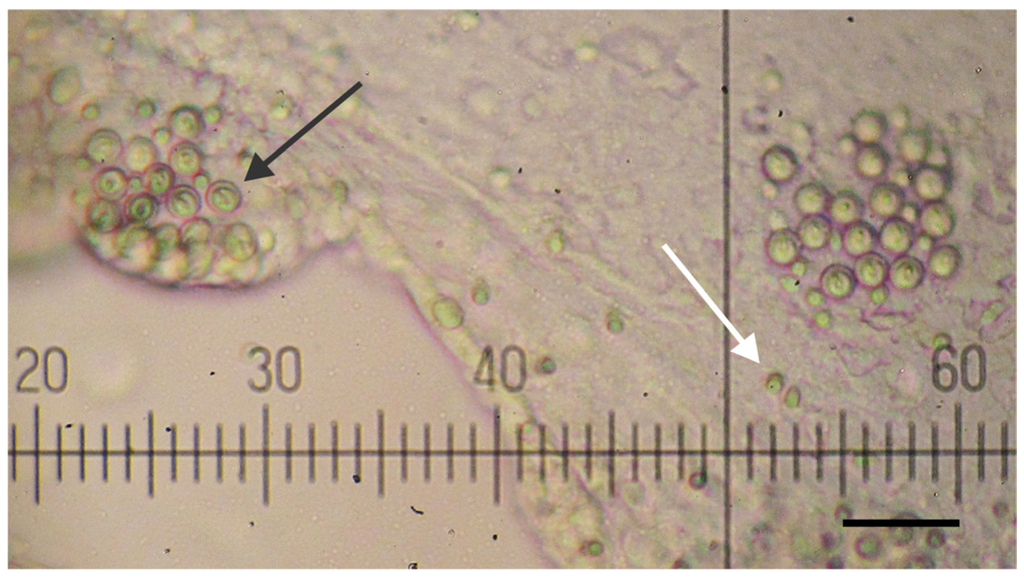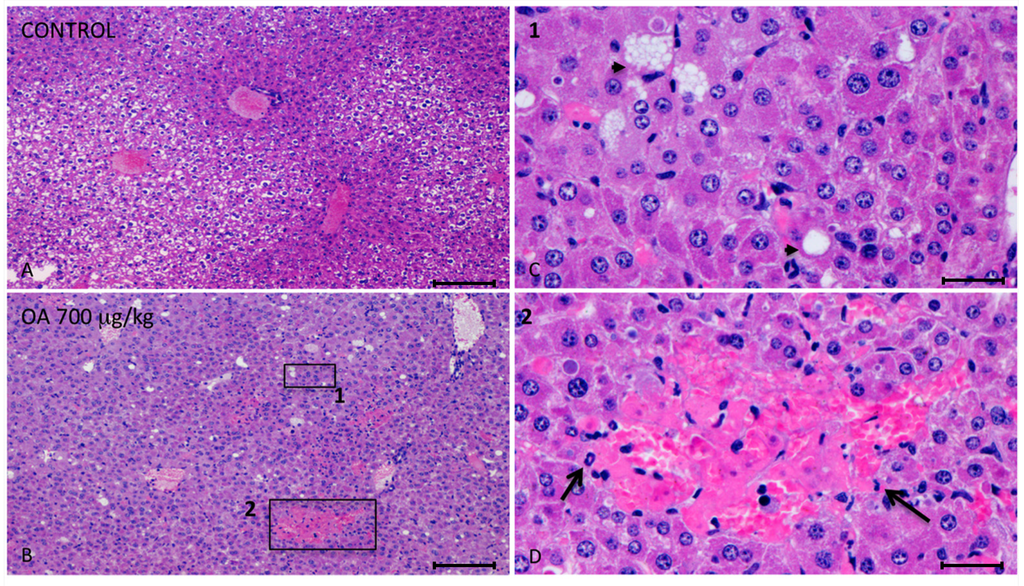Marine and Freshwater Toxins
A topical collection in Toxins (ISSN 2072-6651). This collection belongs to the section "Marine and Freshwater Toxins".
Editor
Interests: marine and freshwater detection; toxicology; pharmacology
Special Issues, Collections and Topics in MDPI journals
Topical Collection Information
Dear Colleagues,
The chemical diversity of marine and freshwater toxins grows at a high rate every year. This is important for the several implications derived: potential food safety warnings, analytical challenges and increased chemical richness for the scientific knowledge. Many of these compounds are potent drugs with therapeutic use as lead compounds, although in many cases their mechanism of action, hence their toxicology, is not understood. From an ecological point of view, cyanobacteria are present in freashwater and marine waters, and both marine toxins and freshwater toxins are showing a quick change in their geographical profiles due to climate change. These are many challenges for scientists which this issue will try to cover.
Prof. Dr. Luis M. Botana
Collection Editor
Manuscript Submission Information
Manuscripts for the topical collection can be submitted online at www.mdpi.com by registering and logging in to this website. Once you are registered, click here to go to the submission form. All papers will be peer-reviewed. Accepted papers will be published continuously in the journal (as soon as accepted) and will be listed together on this website. The topical collection considers regular research articles, short communications and review articles. A guide for authors and other relevant information for submission of manuscripts is available on the Instructions for Authors page.
Please visit the Instructions for Authors page before submitting a manuscript. The article processing charge (APC) for publication in this open access journal is 2700 CHF (Swiss francs).
Keywords
- marine toxin
- freshwater toxin
- climate change
- food safety
- toxicology






